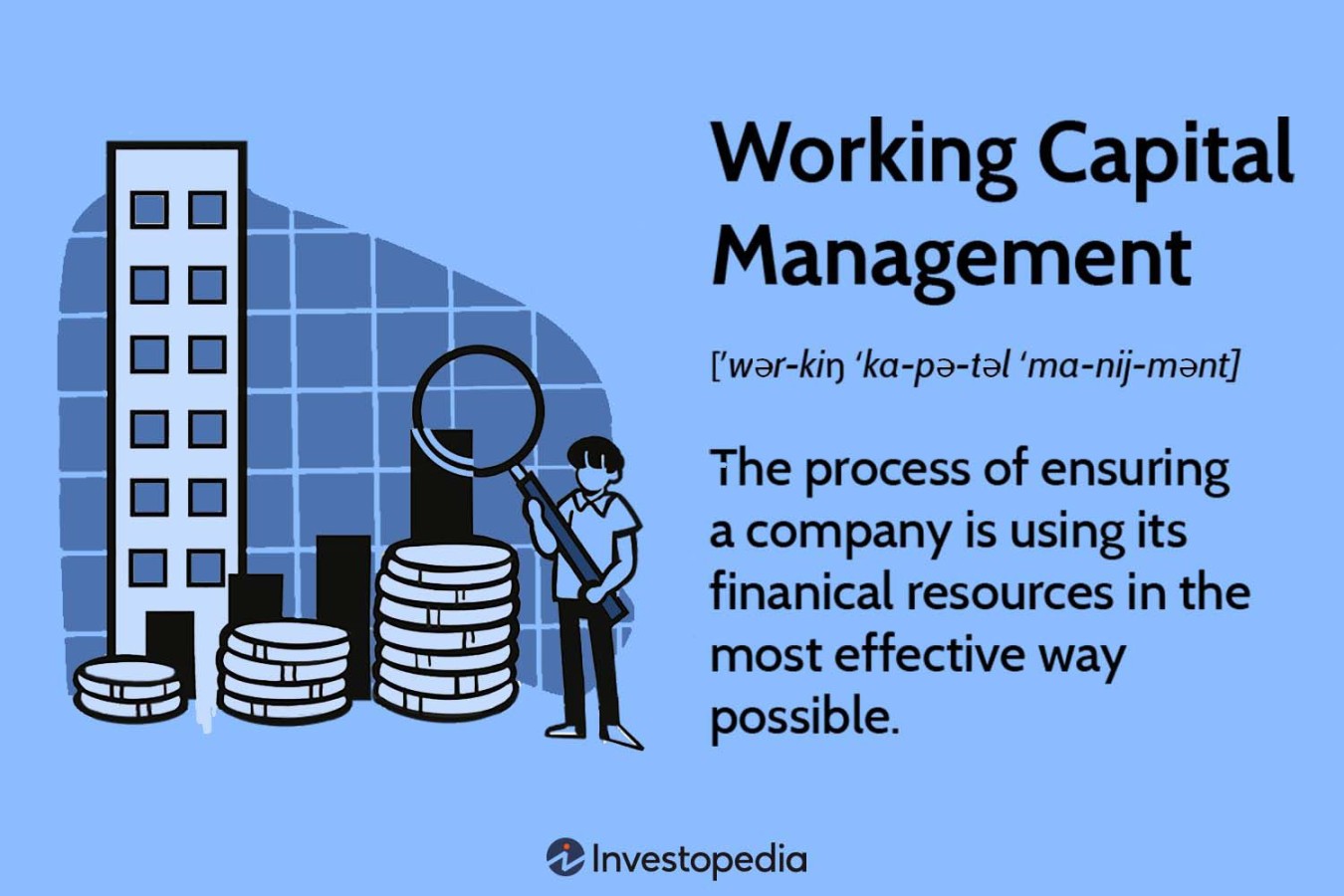Working Capital Management Techniques: A Comprehensive Guide
Introduction
Working capital management (WCM) is an essential aspect of financial management for businesses of all sizes. It involves the strategies and processes used to manage a company’s current assets and liabilities, which are collectively known as working capital. Effective WCM can optimize a company’s cash flow, improve profitability, and reduce financial risks.

What is Working Capital?
Working capital is the difference between a company’s current assets and current liabilities. Current assets are resources that can be converted into cash within one year, such as inventory, accounts receivable, and cash. Current liabilities are obligations that must be paid within one year, such as accounts payable, accrued expenses, and short-term debt.
Why is Working Capital Management Important?
Effective WCM is crucial for businesses for several reasons:
1. Maintaining Liquidity: Working capital ensures that a company has sufficient cash to meet its short-term obligations and maintain day-to-day operations.
2. Optimizing Cash Flow: WCM strategies aim to accelerate the conversion of assets into cash and delay payments to creditors, improving overall cash flow.
3. Enhancing Profitability: Efficient WCM can reduce financing costs, minimize inventory holding costs, and improve collection efforts, leading to increased profitability.
4. Managing Financial Risks: Proper WCM can mitigate liquidity risks, solvency risks, and operational risks, ensuring the company’s financial stability.
Key Working Capital Management Techniques
1. Current Assets Management:
a. Inventory Management: Implementing effective inventory control systems, optimizing order levels, and reducing stockouts can minimize inventory costs and improve cash flow.
b. Accounts Receivable Management: Establishing clear credit policies, streamlining collection processes, and offering incentives for early payment can accelerate cash collections.
c. Cash Management: Implementing efficient cash collection and disbursement procedures, utilizing cash management tools, and maintaining optimal cash balances can enhance liquidity.
2. Current Liabilities Management:
a. Accounts Payable Management: Negotiating favorable payment terms with suppliers, extending payment deadlines, and taking advantage of early payment discounts can reduce financing costs.
b. Short-Term Debt Management: Choosing the most appropriate sources of short-term financing, such as bank lines of credit or commercial paper, can minimize borrowing costs.
c. Working Capital Financing: Utilizing various working capital financing options, such as factoring or asset-backed lending, can supplement internal funds and support business growth.
Considerations for Effective Working Capital Management
1. Industry and Business Model: WCM strategies should align with the specific industry characteristics, business model, and risk tolerance of the company.
2. Financial Analysis: Regularly analyzing financial ratios, such as the current ratio, quick ratio, and working capital turnover ratio, provides insights into the company’s WCM efficiency.
3. Balance Sheet Analysis: Assessing the composition and structure of the balance sheet, including the mix of current assets and liabilities, helps identify areas for improvement.
4. Cash Flow Forecasting: Developing accurate cash flow forecasts enables proactive planning for working capital needs and potential liquidity shortfalls.
5. Risk Management: Implementing risk management strategies, such as credit risk assessment and contingency planning, can mitigate potential financial risks associated with WCM.
Conclusion
Working capital management is a dynamic and multifaceted aspect of financial management that requires continuous monitoring, evaluation, and adaptation. By implementing effective WCM techniques, businesses can optimize their financial performance, enhance liquidity, and achieve long-term financial stability.
Frequently Asked Questions (FAQs)
1. What is the ideal working capital level for a company?
The ideal working capital level varies depending on the industry, business model, and risk profile of the company. Generally, a moderate level of working capital is considered optimal, balancing liquidity needs with financing costs.
2. How can I improve my company’s working capital turnover ratio?
To improve working capital turnover, focus on strategies to accelerate cash collections and minimize inventory holding costs. This can be achieved through efficient collection practices, inventory management techniques, and negotiating favorable payment terms with suppliers.
3. What are the risks of having too much or too little working capital?
Excessive working capital can tie up unnecessary funds in low-yielding assets, reducing profitability. On the other hand, insufficient working capital can lead to liquidity constraints, operational disruptions, and potential insolvency.
4. How can I use technology to enhance working capital management?
Various financial software solutions can streamline WCM processes, automate tasks, and provide real-time insights into working capital metrics. These tools can improve efficiency, reduce errors, and support informed decision-making.
5. What role does the finance department play in working capital management?
The finance department plays a central role in WCM, overseeing the development and implementation of strategies, conducting financial analysis, monitoring cash flows



